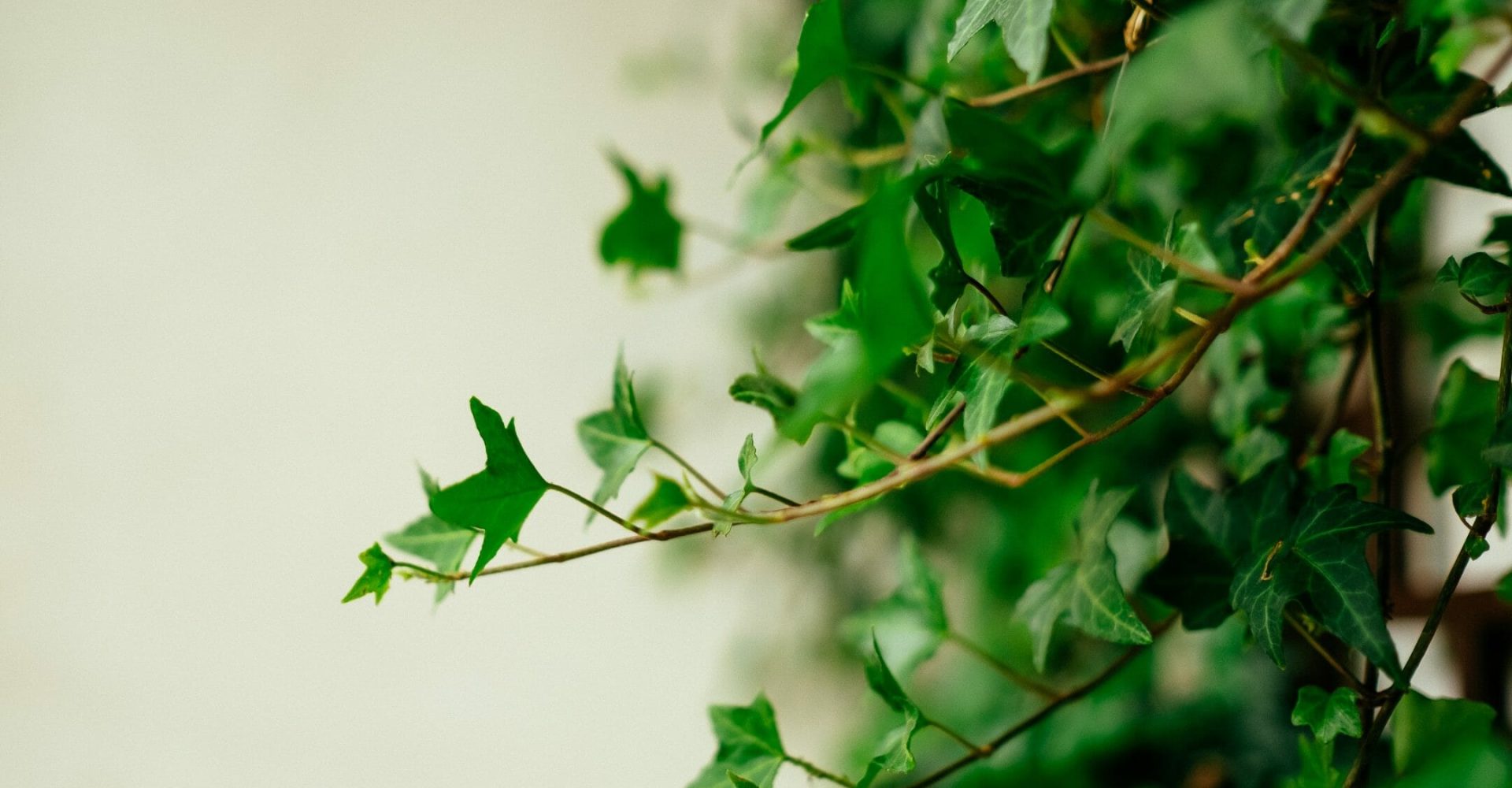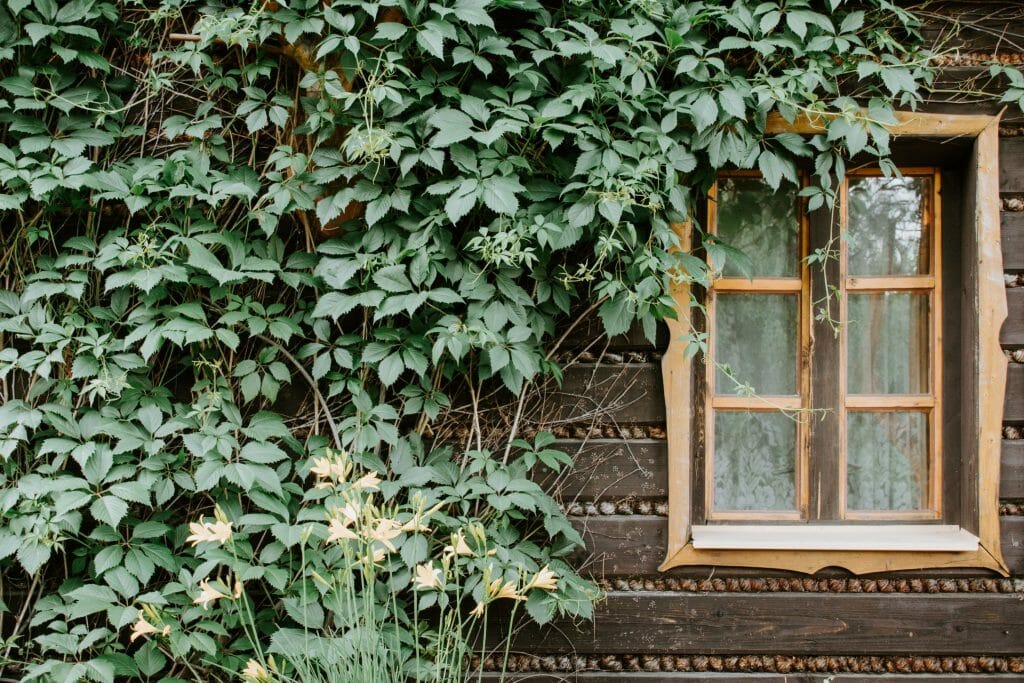
As the world has become more accessible to humans via improvements in travel technology, it has become accessible to invasive species. When we travel, we can bring plant and animal species with us, whether we know it or not. When we transport plants and animals to parts of the world where they aren’t found in nature and there are no natural predators or plants to keep them in check, they can take over the area and become very hard to control. Plants like English Ivy, Glossy Buckthorn, and Amur Honeysuckle were brought to the United States as ornamentals. They are fast-growing and provide beautiful foliage, so they were a favorite for covering unsightly parts of peoples’ properties. While they may look beautiful in their native regions, these invasive plant species can wreak havoc on the local ecosystem when introduced to regions where they don’t belong.
When plants are introduced to regions that aren’t equipped to handle them, they can decimate populations of local plants. In fact, that’s the very definition of invasive species. Not all non-native plants are considered invasive. To earn that designation, the introduction of the species must be likely to cause harm to people, plants, or animals.
Invasive species spread very rapidly, and they can negatively impact the local plant life in a number of ways. Some have dense foliage that blocks the sun’s rays from feeding the local flora. Some produce and release chemicals into the soil that blocks other plants from growing. Others just spread so rapidly that they take over entire fields. So, why are invasive species dangerous to the environment?
English Ivy is one invasive plant that’s causing big problems in multiple regions around the US. It isn’t the only invasive species we deal with, but it’s a good example of how an invasive species can start out as a beneficial plant and end up as a problematic one.
English Ivy was introduced to the United States from Europe in the 1700s as an ornamental plant as an easy to grow ground cover. It was also a popular way to hide blighted structures and provide protection from sunlight hitting the structure. It helped keep structures cool in the summer and provided some layer of insulation in the winter. Plus, it grew very quickly.
The evergreen leaves of English Ivy are able to soak up the sunshine while deciduous trees are dormant in the winter, allowing them to grow and spread as a ground cover exceptionally quickly, robbing the local landscape of more and more sunlight as they do. As the plants mature, the vines spread upward onto trees, walls, and anything else they may encounter.
When English Ivy grows unchecked, it can cause damage to structures and other plants. When they get out of control in natural environments, they can create what are known as “ivy deserts.” This occurs when ivy spreads across the ground and up into tree canopies, creating thick ivy beds on the forest floor and in the sky that ultimately outcompete local plants by controlling the sunlight and nutrients in the area. The result is a decrease in biodiversity and native plant species. This decrease affects everything from our natural carbon storage and oxygen production systems to the pollinators we rely upon for our food.
There are countless others that were introduced as ornamentals or erosion control plants and quickly outgrew their bounds. Their control has now become an important part of the work of environmental professionals. The most effective means of controlling invasive species is by early detection and eradication. If you’re already dealing with problem spread, it may take a little longer to get control of, but you can still do it.

The hardy nature that allows invasive species to thrive and take over the area also makes them tough to control once established. Trying to eradicate invasive species without a plan can feel like a hopeless endeavor. But, with a little planning and persistence, you can get rid of the invasive plants that are sucking the life out of your landscape.
The first step in eradicating invasive species from your property is to remove the leaves, vines, and anything else that may be gathering sunlight and providing fuel for growth. If the problem plant has become intertwined with plants you want to keep, this may involve some solid time spent with hand pruners to ensure you don’t damage the native plants and outdoor hanging plants. You’ll also want to be sure to dispose of the clippings properly to avoid spreading seeds and encouraging the proliferation of the problem.
Once you’ve cut back the parts of the plant that live above the ground, it’s time to tackle the root. Many invasive species are hardy enough to survive being mowed to the ground and can regenerate rather quickly. If you can cleanly remove the entire root system, that’s great. Do it. If you can’t, you can apply poison directly to the stem. You may need to repeat the process multiple times to get rid of the plant completely, but you’ll get there eventually.
A big part of getting rid of invasive species is controlling their spread. By cutting plants to the ground before they seed, you can focus your attention on getting rid of the plants you’ve already got without extra plants sprouting up on the perimeter of your yard. If the plants go to seed, they can spread via various methods and leave you with a much larger problem.
Vegetative reproduction is one way plants spread. Unlike plants with non invasive root systems, invasive species are able to reproduce by means other than spreading seeds. They do this by sending out roots and branches along the ground, which take root and create new plants. This type of reproduction is a slow, methodical one but creates vast expanses of the invasive plant.
Another type of plant reproduction is through the dispersion of seeds. Some plants, like dandelions, spread when wind gusts carry their seeds to new locations. Other plants, like English Ivy, produce berries that birds or other animals eat, and the seeds inside them pass through the animal to its new location, primed for germination.
We can’t pass all the blame onto animals, though. Humans are responsible for our fair share. When we pass through areas with invasive species infestations, we can carry the seeds on our clothing and gear. By properly cleaning our things before moving on to the next area, we can help actively combat the spread of invasive weeds and plants.
Even with a decent foundation of knowledge on the subject, it can take a few years to completely rid your yard of invasive species. Don’t let some well-intentioned previous owner’s decision to cover a wall with English Ivy become your problem for the next couple of years. Hiring a professional can ensure you are utilizing the most effective invasive species solutions and can substantially cut the amount of time you spend fighting this battle.